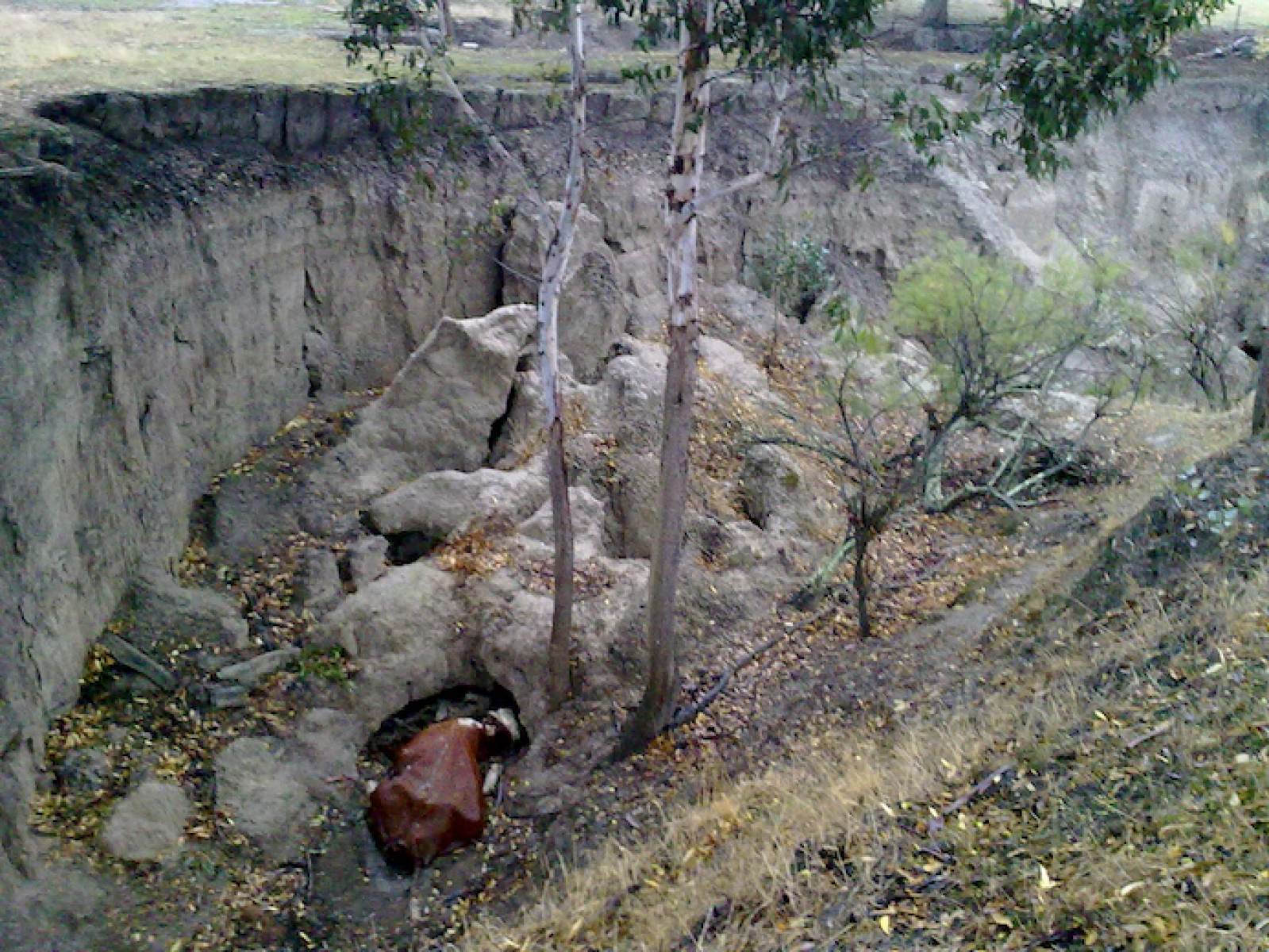On this page:
What are the benefits to landholders of adopting riparian works?
The environmental benefits of undertaking riparian management are well known. Although, benefits to landholders have been less well documented.
To fill this gap, the Department of Environment, Energy and Climate Action (DEECA) did a literature review and reported the findings. We investigated the benefits of fencing, revegetation, off-stream stock watering and weed management.
The final report shows that, based on well-documented evidence, there are some very clear benefits.
- Reduced costs to landholders through increased ease of mustering.
- Access to high quality water for stock increased water and forage intake which increased weight gain or milk production.
- Keeping stock out of waterways reduces risk factors for stock diseases including mastitis.
- Riparian shelter belts improved stock health and increased stock productivity.
- Increased the land value of the farm with the presence of on-farm native vegetation.
- Healthy riparian land leads to a sense of farmer well-being and contribution to nature conservation.

We've provided the report findings on the main benefits of riparian management in 5 documents.
One of the documents provides a general overview of benefits to landholders.
The other documents provide more information for 4 common farming enterprises – dairy, sheep, beef and cropping – including references to look up for further information.
Tax benefits of riparian works
There are also some taxation benefits to landholders from undertaking riparian management works.
Find out more about the tax implications of riparian management on the Australian Tax Office website.
Page last updated: 23/12/24
